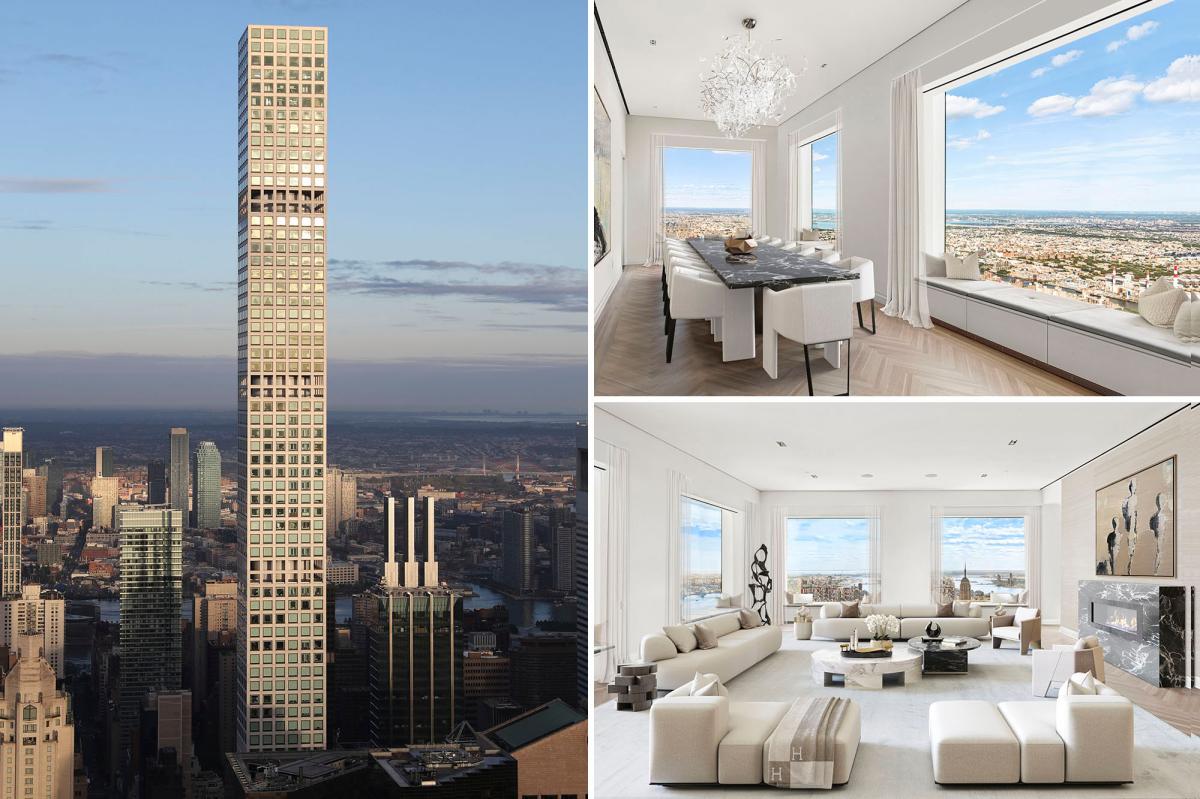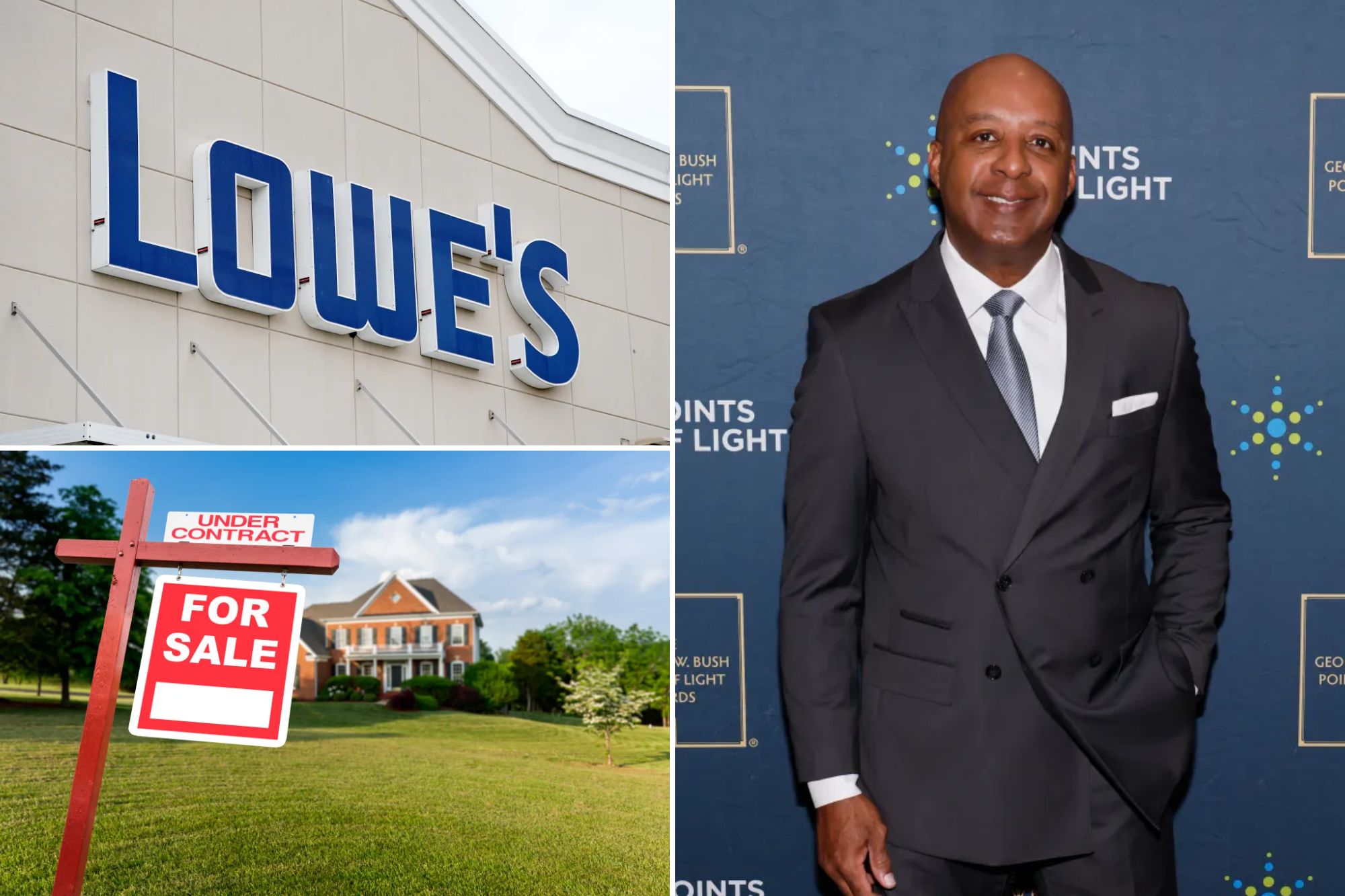P
ieter Louw and Connor Swofford, childhood friends from seventh grade, began investing in Buffalo’s real‑estate market in 2024. Within a year they owned 24 rental units, a feat they attribute to the BRRRR strategy—Buy, Rehab, Rent, Refinance, Repeat. The method lets investors purchase a property, renovate it, lease it, refinance to pull out the original capital plus built‑up equity, and then reinvest the proceeds into the next deal.
Both partners use short‑term financing such as hard money to move quickly on distressed assets. Louw, a Buffalo realtor with a construction and engineering background, and Swofford, a startup consultant in Charleston, have each financed their acquisitions through hard money lenders. Because these loans carry high interest, they must pay them off swiftly. Their experience allows them to estimate rehab costs and timelines accurately, but they still advise planning for overruns and extra time, especially for first‑time projects. They recommend starting with cosmetic upgrades rather than full gut‑reboots.
A key tactic is targeting multi‑family properties that already have at least one occupied unit. The existing tenant can cover the interest payments during renovation, effectively subsidizing the rehab. “We usually have a tenant in place, so the interest is paid while we work,” Swofford explains. This approach also provides immediate rental income once the remaining units are finished.
Choosing reliable contractors is critical. Louw stresses that paying a premium for a skilled contractor can save money in the long run by shortening the rehab period and reducing interest costs. “A contractor might cost 20% more, but if they finish faster and more efficiently, you save on lender interest and avoid downtime,” he says.
The second major pitfall is misjudging the after‑repair value (ARV). The ARV is the property’s worth after renovation and determines how much equity can be extracted via a cash‑out refinance. Overpaying at purchase locks the investor into a low‑equity position, limiting future growth. Louw warns, “If you come in too high, you’re not building equity; you’re just tying up cash.” They only close on deals where the ARV is clear and the numbers justify the investment. If the appraisal falls short, they walk away rather than risk a short‑term loan they can’t repay.
Both partners have moved beyond emotional attachment to properties. They focus on numbers: purchase price, rehab cost, ARV, refinance amount, and cash flow. If a deal’s math doesn’t add up, they pass and look for the next opportunity. This disciplined, data‑driven approach has enabled them to scale rapidly while minimizing risk.














